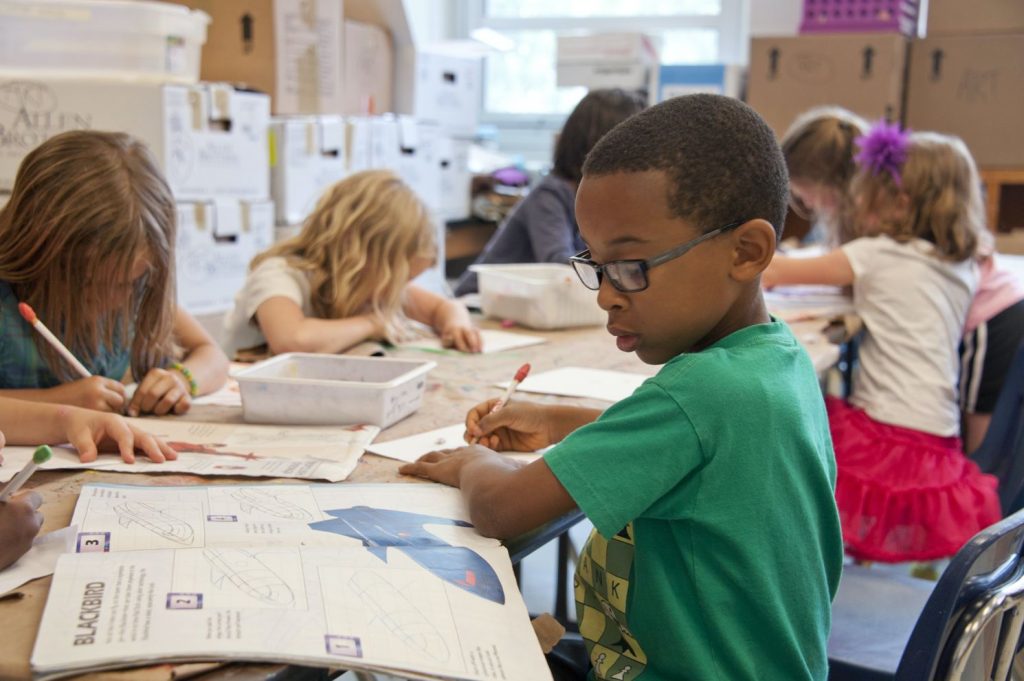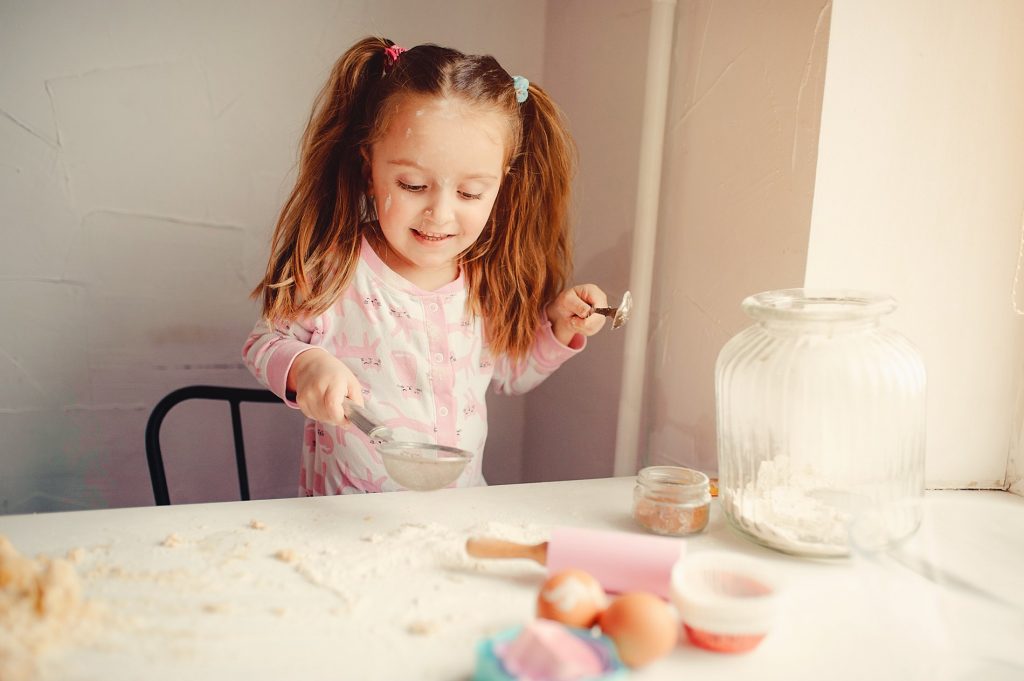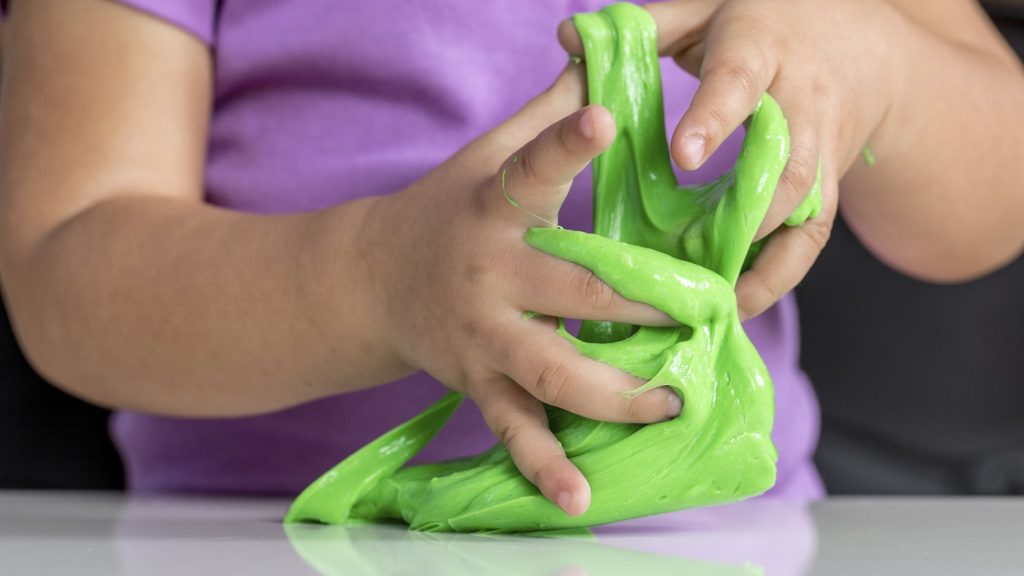Educational

At Play:Date , we want to give all the families the tools for navigating parenthood. With all the new choices that are involved, it is sometimes difficult to know what the best thing is to do in certain circumstances. That’s why we have teamed up with Nevena Bazalac, Dubai’s #1 Harmonious Family Expert and Coach and CEO at L.A.K.E Consulting. Check out her top tips for raising confident and independent children!
Confidence and Independence is the ultimate goal when raising our children. Why? Because when children learn at the earliest age to solve problems, overcome the obstacles, and grow their self-belief on how resilient they are, they are set for success in life. They will grow up as adults ready to follow their dreams and ambitions, conquer the fear and most importantly be happy.
In this article, I wanted to share with you 3 tips on how you can build confidence and independence in your child:
1. Give children choices
From the earliest age make sure to give children choices. Let them decide for themselves. This can start by offering them 2 snacks and letting them choose which one they want to eat. Or offer 2 toys and let them choose with which one they want to play. Decision making is a skill that every successful person has developed.
2. Do not solve tasks for your children
It is very important that children find solutions on their own. However, if your child struggles with a task, instead of solving it for him/her, give a tip or guidance. For example, if they can not finish a puzzle, ask them to try turning the peace another way, or change from left to right, etc. This will help children on the way to the solution while building confidence at the same time.
3.Teach children the consequences of their behavior
Children love making their own decisions and when we say “no” to them they usually rebel. However, we want children to become decision-makers and for that reason, we need to explain to them the consequences of their decisions and then let them choose to proceed or not with the same. For example, your child is rocking on a chair. You told them a few times not to do it and it didn’t work because they want to be their own decision-makers. Instead, explain to them that they have a choice. They can continue rocking on the chair and risk of injuring themselves. Explain to them that if that is their decision, they will have to deal with the consequence of the pain and they should not come over to you crying because of what happened. This way you have passed the responsibility on your child which will help them understand that they have control over their actions.


 Before Covid – 19 affected everybody’s lives, online learning was present in quite a few households. Whether it was because parents made the decision to completely home school their children or simply because their kids needed extra support outside of their regular school. Either way, a multitude of app and websites to help and support your child’s learning journey are available.
Before Covid – 19 affected everybody’s lives, online learning was present in quite a few households. Whether it was because parents made the decision to completely home school their children or simply because their kids needed extra support outside of their regular school. Either way, a multitude of app and websites to help and support your child’s learning journey are available.












